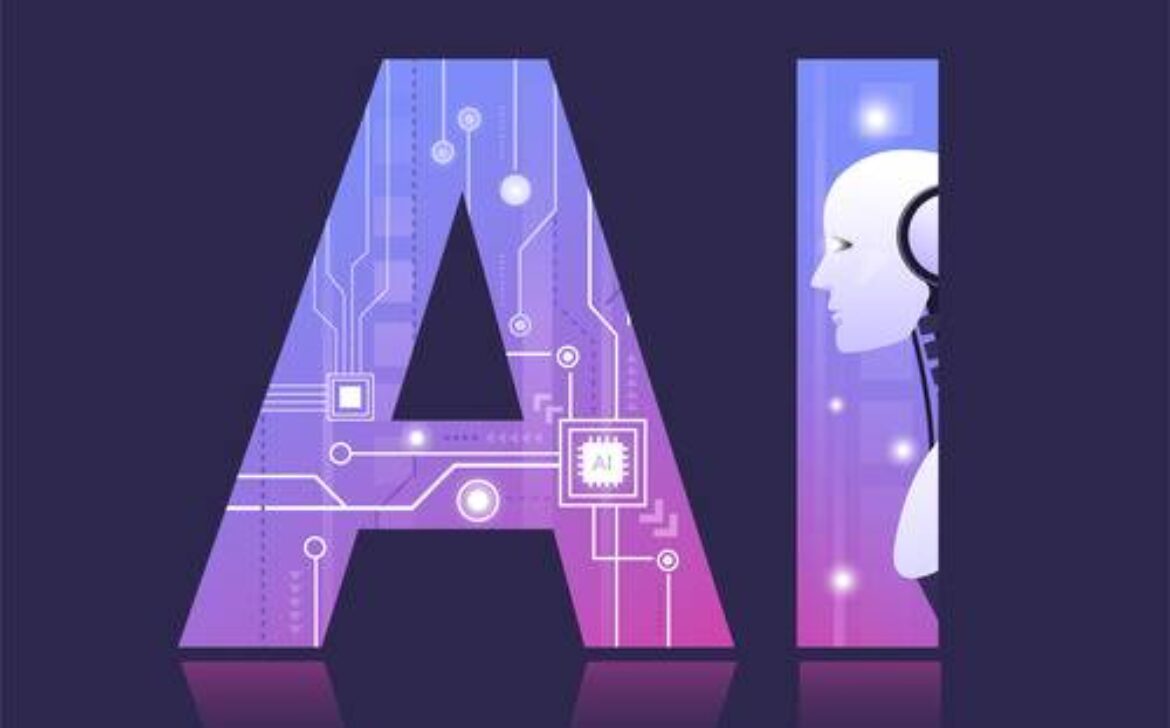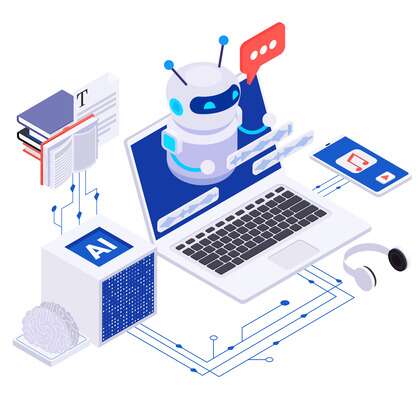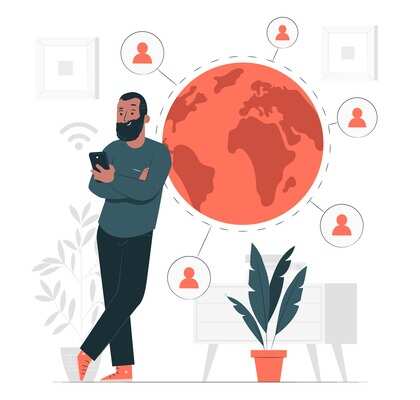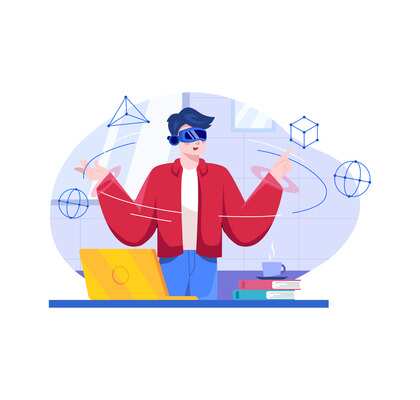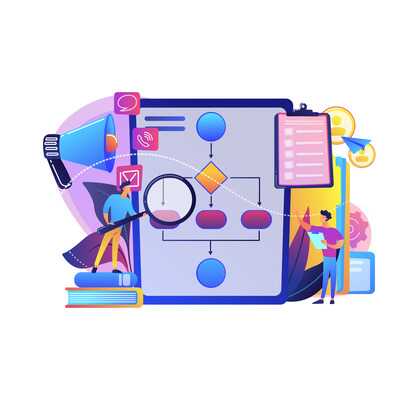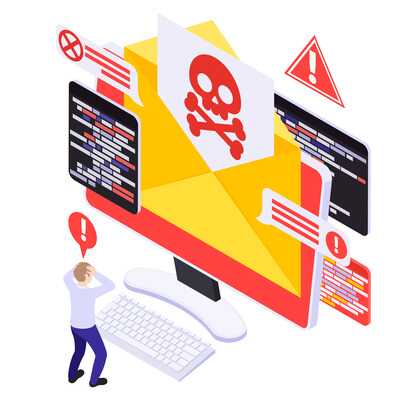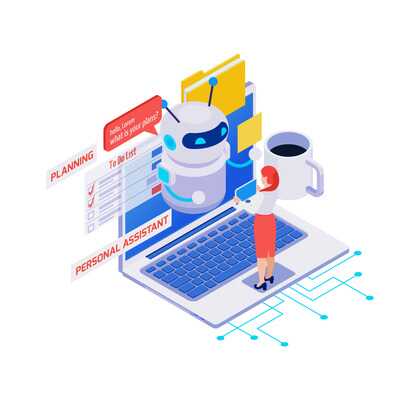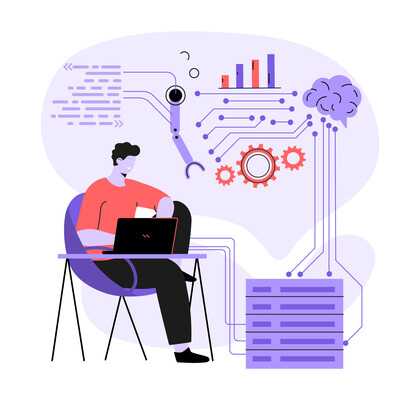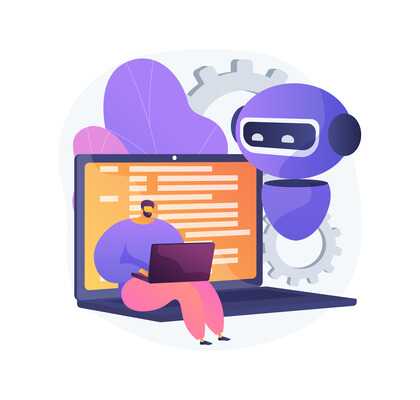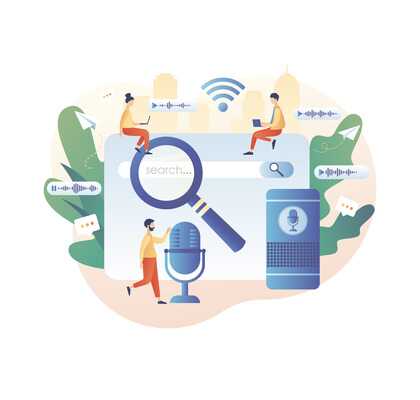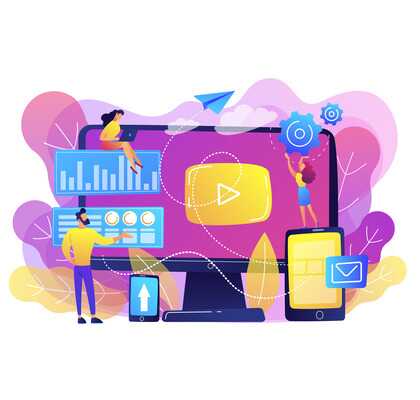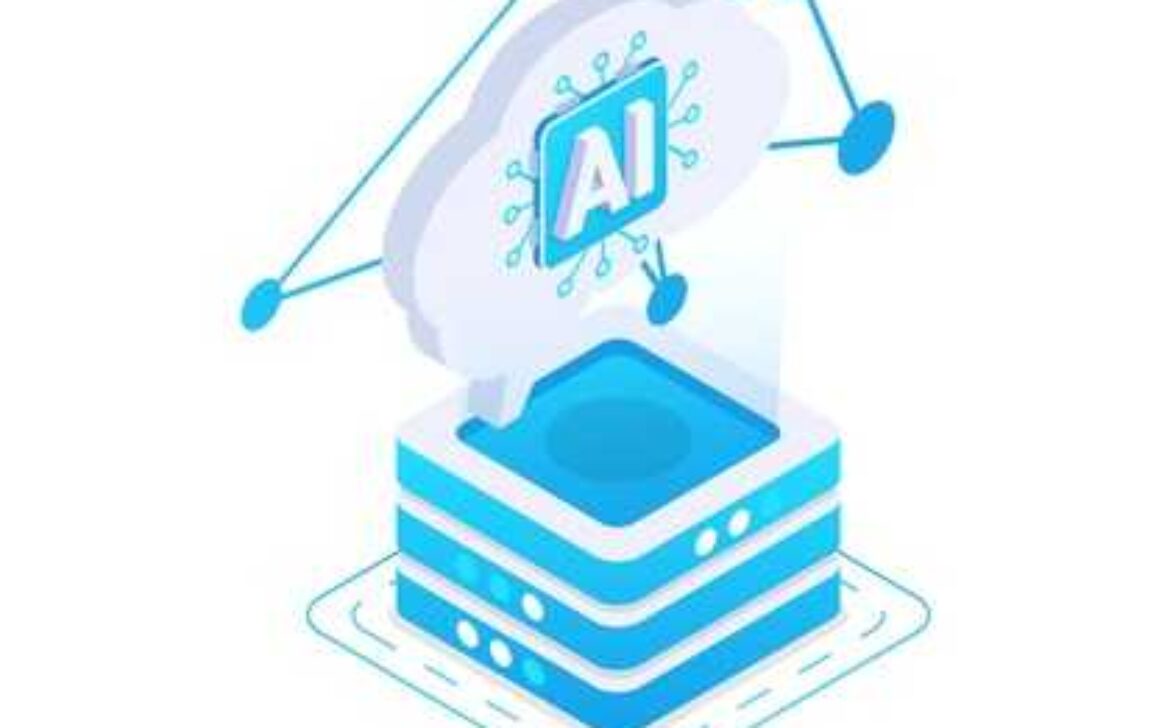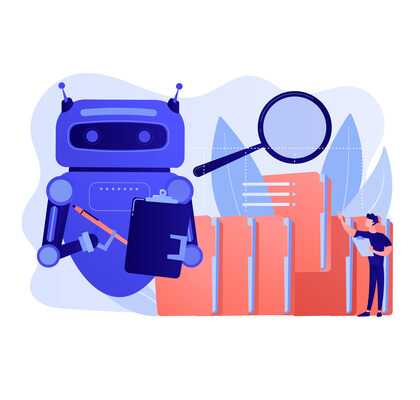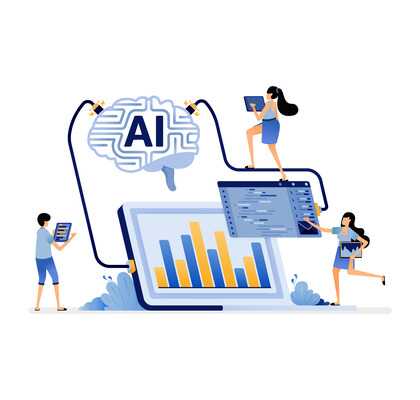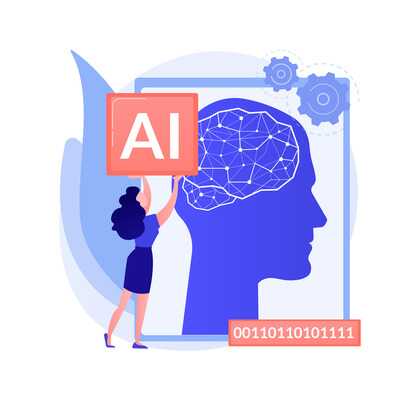Canvas LMS: The Ultimate Tool for Modern Education
Canvas LMS (Learning Management System) has emerged as the ultimate tool for modern education, revolutionizing the way educational institutions deliver and manage their courses. With its extensive range of features and user-friendly interface, Canvas LMS has become the go-to platform for educators and students alike. In this article, we will explore the various benefits, features, and capabilities of Canvas LMS, as well as its impact on modern education. In today’s digital age, traditional methods of education are being reimagined to adapt to the changing needs of learners. Canvas LMS, developed by Instructure, is a powerful learning management system that provides educators with a comprehensive platform to deliver engaging and interactive courses. With its intuitive design and robust functionality, Canvas LMS has gained widespread popularity in the education sector. Canvas LMS is a cloud-based learning management system designed to support online and blended learning environments. It serves as a centralized hub for educators to create, organize, and deliver their courses effectively. Canvas LMS offers a wide range of tools and features that facilitate course management, communication, assessment, and collaboration. One of the primary advantages of Canvas LMS is its ability to streamline course management tasks. Educators can easily create course content, organize modules, and manage student enrollment through a user-friendly interface. The platform allows for efficient collaboration among instructors, enabling them to share resources, discuss teaching strategies, and provide feedback to students. Canvas LMS boasts a clean and intuitive interface, making it accessible to users of all technical abilities. The platform prioritizes simplicity, ensuring that both educators and students can navigate and utilize its features with ease. Its intuitive design reduces the learning curve and enhances user engagement, resulting in a seamless learning experience. Canvas LMS fosters collaborative learning environments by offering tools that facilitate communication and teamwork. Discussion boards, real-time chat, and video conferencing capabilities enable students to engage in meaningful discussions and group projects, regardless of their physical location. This promotes active participation and enhances the overall learning experience. Canvas LMS provides educators with the flexibility to customize their courses according to their unique requirements. They can personalize the course layout, incorporate multimedia elements, and tailor assessments to align with their teaching objectives. This level of customization empowers educators to create engaging and interactive learning experiences. Recognizing the increasing reliance on mobile devices, Canvas LMS offers a mobile app that allows students and educators to access course materials and participate in discussions on the go. The mobile app provides a seamless learning experience, enabling users to stay connected and engaged with their courses anytime, anywhere. Canvas LMS offers a comprehensive set of features that empower educators to deliver high-quality education. Let’s explore some of the key features of Canvas LMS: Canvas LMS provides educators with intuitive tools to create and organize their courses effectively. They can create modules, arrange course content, and set up learning outcomes. The platform also allows for easy integration of multimedia elements such as videos, audio files, and interactive presentations. Effective communication is crucial in any learning environment. Canvas LMS offers a variety of communication tools to facilitate seamless interaction between educators and students. Features like announcements, discussion boards, and messaging enable instructors to provide timely updates, address queries, and foster collaboration among students. Canvas LMS simplifies the process of assigning and grading student work. Educators can create assignments, quizzes, and exams within the platform, set due dates, and customize grading criteria. The system automatically grades objective assessments, saving educators time and effort. It also provides a gradebook where instructors can track student progress and provide feedback. To enhance the learning experience, Canvas LMS allows for seamless integration of multimedia content. Educators can embed videos, audio files, images, and interactive media directly into their courses. This enables students to engage with the material in a more dynamic and interactive manner, improving comprehension and retention. Canvas LMS provides robust assessment tools to gauge student learning outcomes. Educators can create various types of assessments, including quizzes, surveys, and peer reviews. The platform generates detailed analytics and reports, allowing instructors to monitor student performance, identify areas of improvement, and make data-driven instructional decisions. Canvas LMS is well-suited to meet the demands of modern education. Here are some ways in which Canvas LMS supports the evolution of education: Canvas LMS offers robust features and capabilities that support remote learning. With the rise of online education, Canvas LMS enables educators to deliver engaging courses and interact with students virtually. The platform’s communication tools, multimedia integration, and collaborative features ensure a seamless learning experience, regardless of physical location. Every student is unique, and Canvas LMS recognizes the importance of personalization in education. Educators can leverage the platform’s customizable features to tailor courses according to individual student needs. From adaptive assessments to personalized feedback, Canvas LMS empowers educators to provide personalized learning experiences that cater to diverse learning styles and abilities. Canvas LMS generates comprehensive analytics and reports, providing educators with valuable insights into student performance. By analyzing these data, instructors can identify areas of improvement, track student progress, and make data-driven instructional decisions. This enables educators to optimize their teaching strategies and ensure student success. Canvas LMS supports integration with various educational tools and systems, enhancing its functionality and expanding its capabilities. From third-party content providers to learning analytics platforms, Canvas LMS seamlessly integrates with external resources to provide a holistic learning experience. This integration allows educators to leverage the best resources available and deliver high-quality education. Canvas LMS accommodates diverse learning formats, catering to different instructional methods and preferences. Whether it’s traditional face-to-face instruction, blended learning, or fully online courses, Canvas LMS provides the necessary tools and features to support each format effectively. This adaptability ensures that educators can deliver their courses in the most suitable manner for their students.
Canvas LMS: Where innovation meets education, fostering creativity and engagement in the virtual classroom.
– Michael Carter Many educational institutions have embraced Canvas LMS and witnessed significant improvements in their teaching and learning practices. For example, XYZ University successfully transitioned to online learning using Canvas LMS during the COVID-19 pandemic. The platform’s robust features enabled instructors to deliver engaging courses and maintain student-teacher interaction, ensuring a smooth transition to remote learning. Similarly, ABC School District implemented Canvas LMS across its schools to streamline course management and enhance collaboration among educators. The platform’s user-friendly interface and customizable features empowered teachers to create interactive courses and engage students effectively. These success stories highlight the positive impact Canvas LMS can have on educational institutions, supporting their mission to provide quality education in diverse learning environments. While Canvas LMS offers numerous benefits, it’s essential to acknowledge some of the challenges and limitations associated with the platform. These include: Despite these challenges, educational institutions can overcome them with proper planning, training, and support, ultimately leveraging the vast potential of Canvas LMS for modern education. Canvas LMS continues to evolve and adapt to the changing landscape of education. The developers regularly release updates and enhancements to improve the platform’s functionality and address user needs. Future developments may include enhanced analytics capabilities, advanced integrations, and additional features to support emerging trends in education. Educators and institutions can look forward to the ongoing growth and innovation of Canvas LMS, ensuring that it remains at the forefront of modern education. Canvas LMS has emerged as the ultimate tool for modern education, revolutionizing the way educational institutions deliver courses and engage with students. Its extensive range of features, user-friendly interface, and support for diverse learning formats make it a top choice for educators worldwide. Canvas LMS empowers educators to create engaging and personalized learning experiences while providing valuable insights through data analytics. As the education landscape continues to evolve, Canvas LMS remains at the forefront, supporting institutions in their pursuit of excellence in education. By embracing Canvas LMS, educational institutions can unlock the full potential of modern education and prepare students for success in the digital age.Introduction
What is Canvas LMS?
Benefits of Canvas LMS
Streamlined course management
User-friendly interface
Collaborative learning opportunities
Customizable features
Mobile accessibility
Features of Canvas LMS
Course creation and organization
Communication tools
Assignment and grading management
Multimedia integration
Assessment and analytics
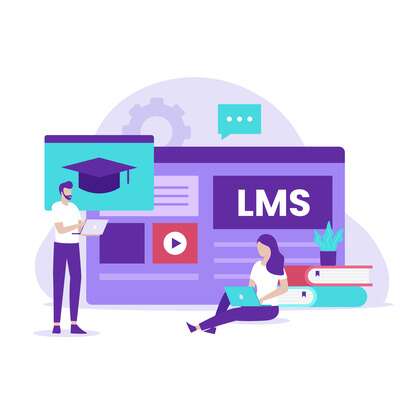

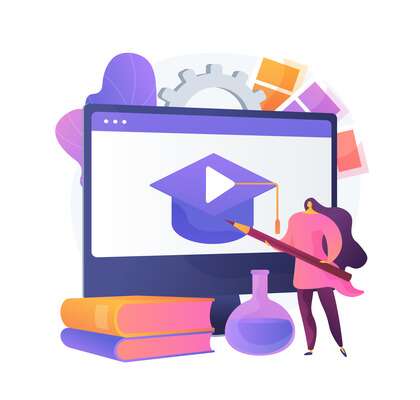
How Canvas LMS supports modern education
Remote learning capabilities
Personalized learning experiences
Data-driven decision making
Integration with other tools and systems
Support for various learning formats
Success stories of educational institutions using Canvas LMS
Challenges and limitations of Canvas LMS
Future developments and updates
Conclusion


